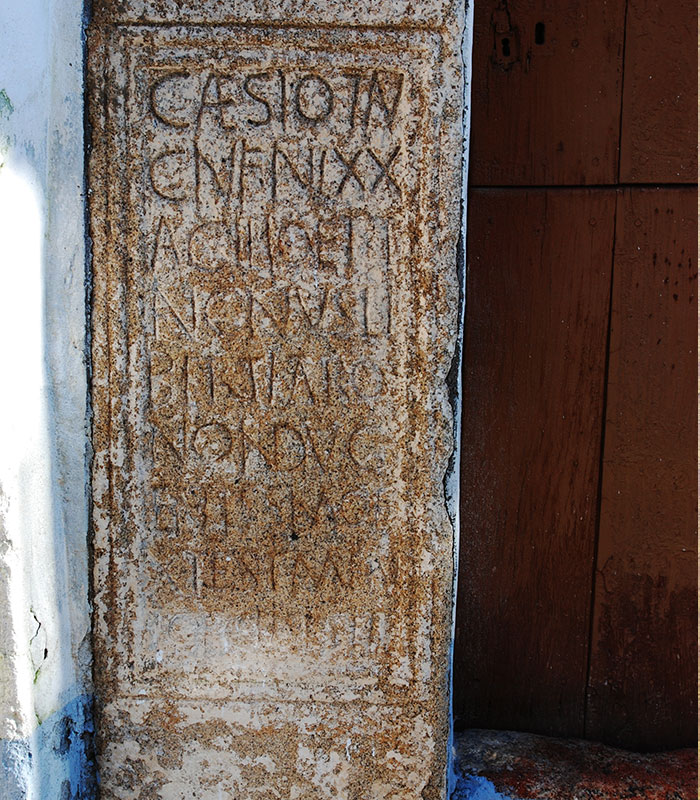Both Romans and Visigoths also left their mark on the territory of the Villuercas-Ibores-Jara Global Geopark of the UNESCO. Although no major remains are present, it is however true that the proximity to the ancient Roman town of Augustóbriga in the adjacent district of the Campo Arañuelo and its strategic location on the road between Emérita Augusta and Caesarobriga (the current Mérida and Talavera de la Reina) have left us some traces of their presence. In common with its mining richness which also continues to be visible, this was another of the reasons why population has been attracted to the sierras of the Geopark from antiquity.
The land making up the Villuercas-Ibores-Jara Global Geopark of the UNESCO did not have the same Roman presence as other nearby territories, although its landscape is studded with remains from that period. Most of these are agricultural or mining settlements in addition to roads linking important towns.
The route which joined Emérita Augusta (Mérida) to Caesarobriga (Talavera de la Reina) was in use for many centuries and was known during the Middle Ages as the Seville Road. The nearby Roman town of Augustobriga (later to be known as Talavera la Vieja until in 1963 it was submerged under the waters of the Valdecañas Reservoir) to the north no doubt had an influence on the inhabitants of the area.
Numerous Roman inscriptions have been found in these territories and those discovered in Villar del Pedroso are particularly relevant. Alongside the façade of the church of this village there is a plaque in an exceptional state of repair on which the following inscription can be read: “Here lies Duelia, the daughter of Camalo, of 25 years of age. Camalo, son of Avelio, and Duelia, daughter of Armonio, took care of erecting (this tombstone) for their daughter. May the land be gentle with you”.

